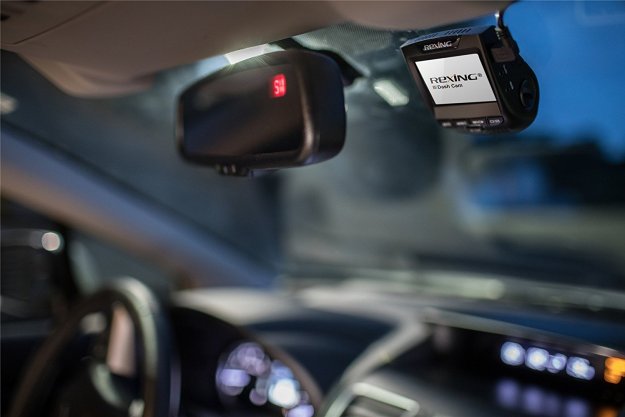
The incident happened a little over a month ago, but the Austin Police Department didn’t release the footage from the security camera until recently. The video shows a late-model Chevrolet Tahoe driving down an alley. The driver stops and begins backing up, but the maneuver is cut short when the Bimmer comes plunging down from the seventh story.
It only takes a few seconds for a security guard to run over and examine the car. Austin’s Statesman newspaper reports the woman who was behind the wheel of the BMW 4 Series when it embarked on a free fall was taken to a nearby hospital with serious injuries that aren’t life-threatening. The Tahoe’s occupants escaped without injuries, though their vehicle is a total loss.
The garage released a statement in which it explains it went 38 years without an accident before the 4Runner broke through a barrier last September, according to Jalopnik. It adds a structural engineer approved the safety barriers, and officials from the city of Austin were also satisfied with the repairs that had been made.
“I thought I was going to die,” Bowmer remembers. “There was a [good] Samaritan on the street and I said, ‘could you call my husband? I’d like to tell my daughter and my husband I love them before I die.’ I was in the hospital for two weeks,” she said. She suffered numerous fractures and had to undergo several surgeries, but she considers herself lucky to be alive and not in a wheelchair.
What happened right before the car broke through the seventh-floor barrier remains a mystery. The police report states Bowmer told officers who responded to the crash that she likely hit the gas pedal instead of the brake.
Editors' Recommendations
- BMW shows off an electric car with color-changing paint at CES 2022
- Vantablack BMW X6 show car looks perfect for a Bond villain




